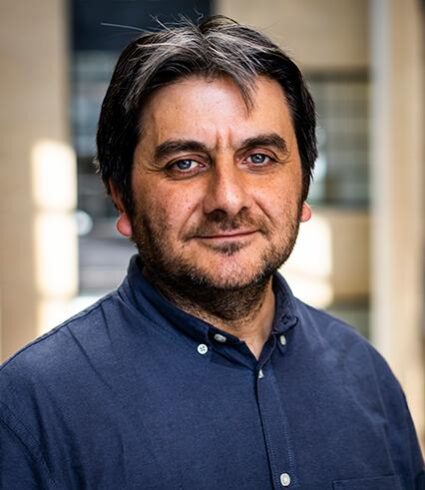
C. Cem Tasan
Primary Impact, Materials, Research Type

Contact Info
Research
Professor Cemal Cem Tasan explores the boundaries of physical metallurgy, solid mechanics, and in situ microscopy to design new alloys with exceptional damage resistance. His research group focuses on developing new in situ characterization tools and methods; improving the physical understanding of transformation, deformation, and damage of micro-mechanisms in metallic materials; and designing damage-resistant microstructures and alloys.
Biography
Professor Tasan is the POSCO Associate Professor of Metallurgy. He earned his BS and MS in the Department of Metallurgical and Materials Engineering at METU, Middle East Technical University, in Ankara, Turkey. He carried out his PhD work in the Mechanical Engineering Department at Eindhoven University of Technology in the Netherlands. He then moved to Max-Planck-Institut für Eisenforschung in Germany, where he was appointed first as a postdoc, and then as a group leader. He joined DMSE as a faculty member in 2016 and was granted tenure in 2022.
Key Publications
How hair deforms steel
Discovered why stainless-steel blades lose their sharpness over time. We found that a single strand of hair can cause the blade to chip. These degradations are more likely to happen if the blade’s microstructure is not uniform or if the blade cuts hair at an angle.
Microstructural and micro-mechanical characterization during hydrogen charging: An in situ scanning electron microscopy study
Developed novel methods to study the influence of hydrogen on metallic materials.